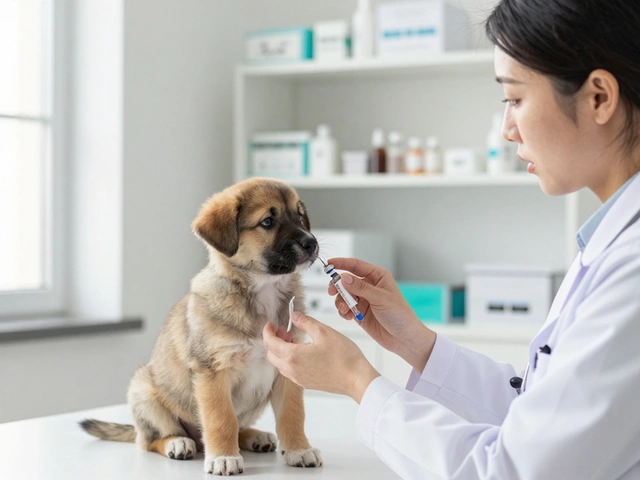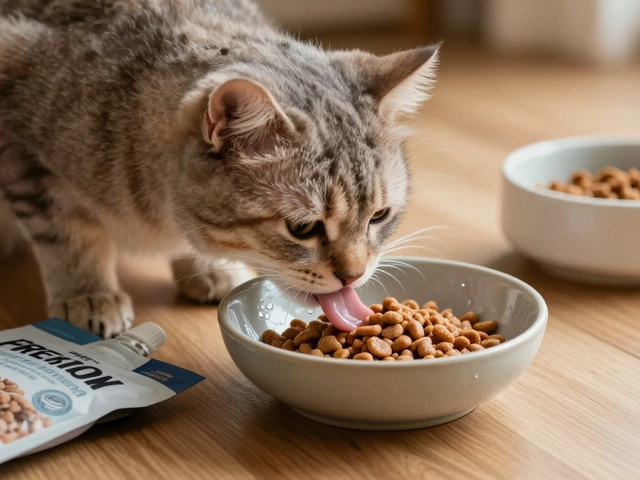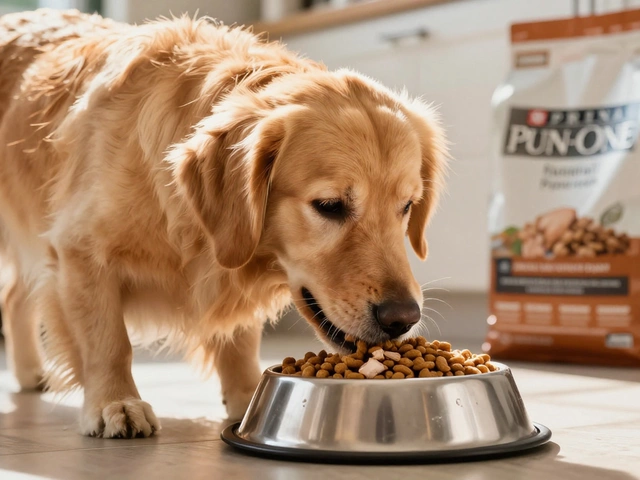Dog Anxiety: Quick Relief Tips for a Happier Pup
If your dog seems nervous, jumps at the sound of the doorbell, or hides when guests arrive, you’re probably dealing with anxiety. It’s not just a cute quirk – chronic stress can damage a dog’s health and ruin the bond you share. The good news is that most anxiety cases improve with a few easy changes at home.
Spot the Signs of Anxiety
First, learn what anxiety looks like. Watch for a tucked tail, rapid panting, trembling, or constant licking of paws. Dogs may also pace, bark excessively, or try to escape a room. These behaviors often flare up during loud noises, car rides, or when left alone for a while. Noticing the triggers helps you plan the right calming strategy.
Simple Ways to Calm Your Dog
1. Exercise before stressful events. A tired dog is a calmer dog. Take a brisk walk or play fetch an hour before a thunderstorm or a vet visit. The extra energy burns off nervous energy.
2. Create a safe zone. Set up a quiet corner with a comfy bed, a favorite blanket, and a few toys. Close the door, dim the lights, and let your pup retreat there when they feel overwhelmed.
3. Use soothing sounds. Soft classical music or white noise can mask sudden noises that spark fear. Keep the volume low and watch how your dog reacts – most dogs settle down within a few minutes.
4. Try anxiety wraps. A snug, snugly‑fitting vest (like a ThunderShirt) gives gentle pressure that mimics a hug. Many owners report a noticeable chill in their dog’s demeanor within minutes of putting it on.
5. Offer a calming scent. Pheromone diffusers or sprays designed for dogs release a scent that signals safety. Plug one into the room where your dog spends most of their time.
6. Stick to a routine. Dogs thrive on predictability. Feed, walk, and play at the same times each day. A stable schedule reduces the surprise factor that fuels anxiety.
7. Practice brief desensitization. If your dog fears the vacuum, turn it on for a few seconds while rewarding calm behavior, then gradually increase the time. Small steps build confidence without overwhelming them.
If these home tricks don’t help, it’s time to talk to a vet. Some dogs need medication or professional behavior therapy. The vet can rule out medical issues that mimic anxiety, like pain or thyroid problems.
Remember, every dog is different. What works for one may not work for another, so test a few strategies and see what your pup likes. Consistency and patience are your best tools for turning anxiety into calm.
By spotting the signs early, giving your dog a safe space, and using simple calming tools, you can lower stress levels and keep tails wagging. Your dog will thank you with more relaxed walks, happier playtimes, and fewer nervous moments.
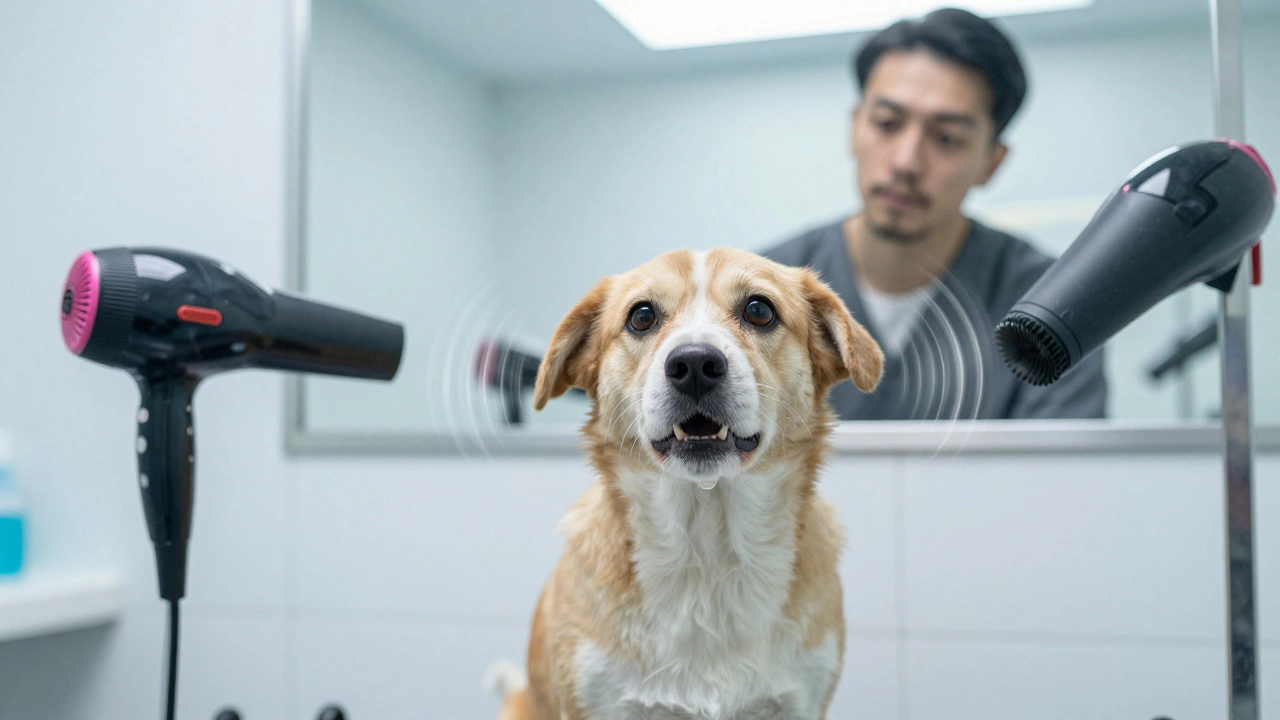
Why Don't Dogs Hate Going to the Groomers? The Real Reasons and How to Help
Dogs don't hate groomers because they're stubborn - they're scared. Learn the real reasons behind their fear and how to help them feel safe during grooming sessions.
read more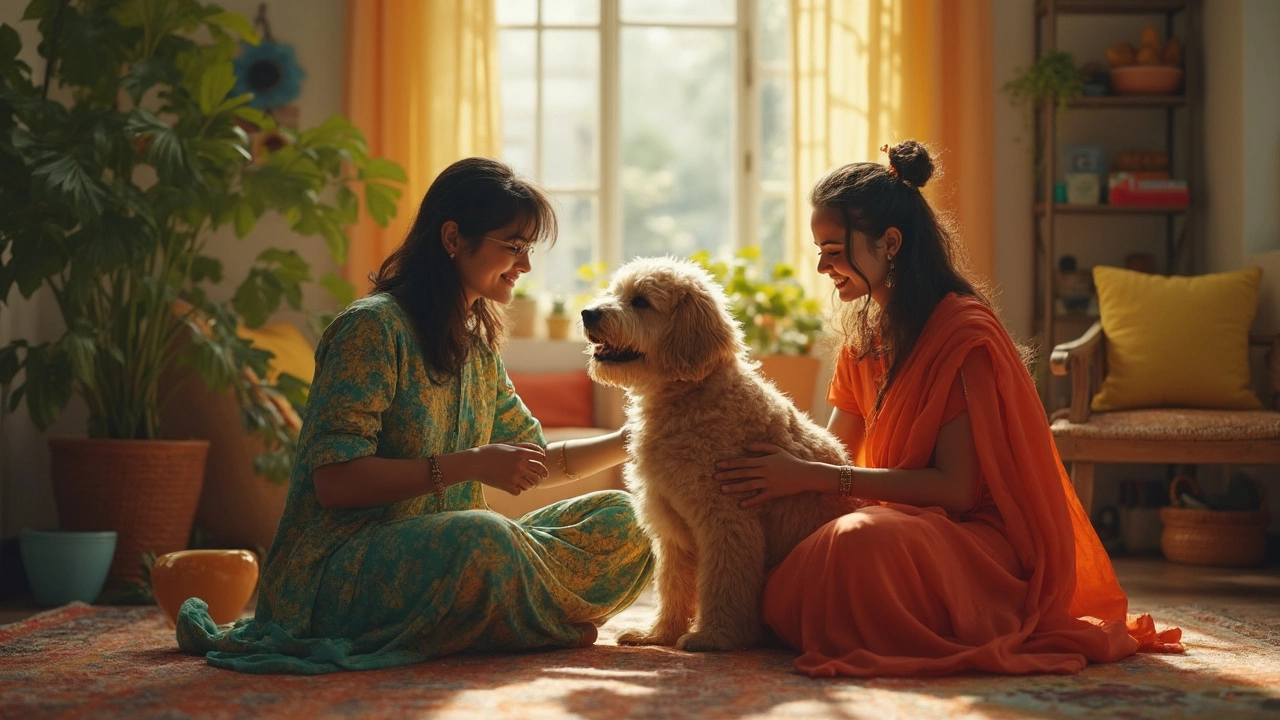
How Can I Soothe My Dog After a Haircut? Practical Ways to Keep Your Pup Calm
Some dogs act pretty weird after a fresh trim—shivering, hiding, or even whining. This article gives you real-life ways to help your dog chill out after a haircut. Learn why it happens, how to spot stress signs, and what works best for easing their nerves at home. With the right care, your pup can bounce back fast and even start loving grooming day. No more drama over the clippers or brushes.
read more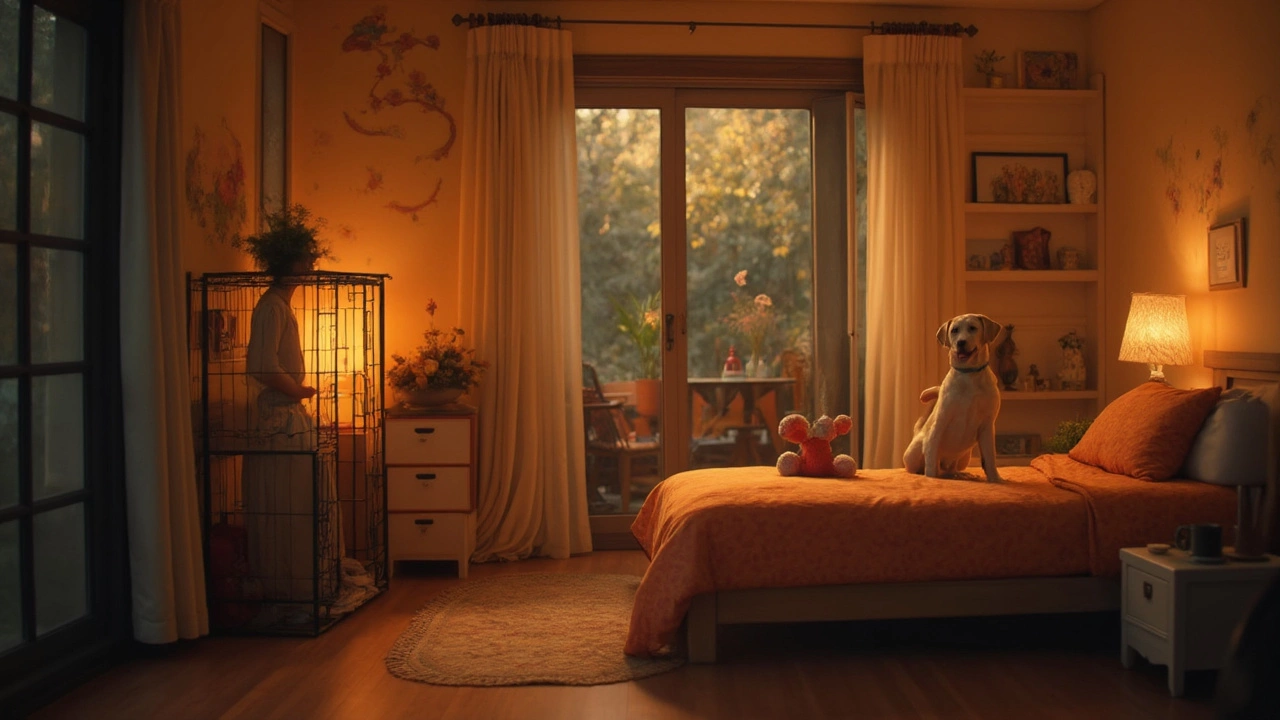
Dog Crate Training at Night: Should You Really Do It?
Wondering if putting your dog in a crate at night is a good idea? This article tackles both the practical and emotional sides of nighttime crate training, with relatable examples and facts. You'll get no-nonsense advice about safety, comfort, and helping your dog feel secure. Real tips from dog owners make things easy to follow. Find out when crates work—plus a few situations where you might rethink it.
read more

